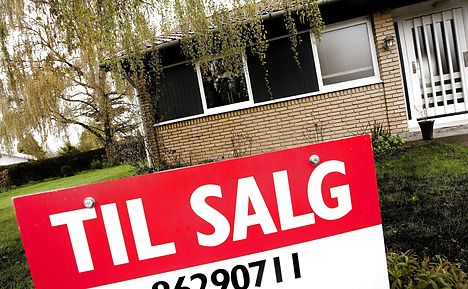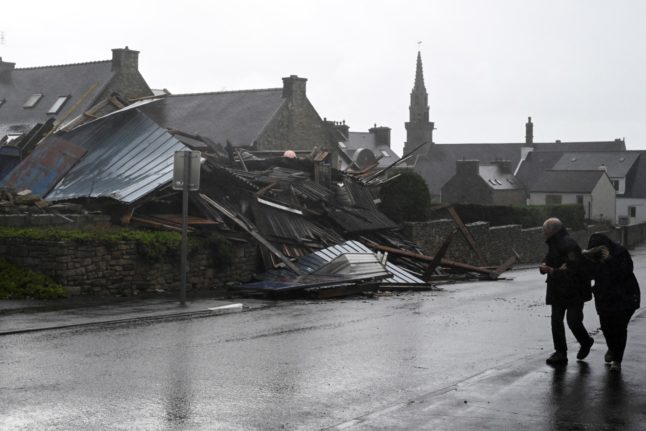PROPERTY
Interest rate cuts lead to new Danish ‘super loans’
As a knock-on effect of the Danish central bank’s repeated interest cuts defending the krone’s link to the euro, Danish homeowners are now being offered historically low mortgage loans.
Published: 6 February 2015 14:29 CET

Photo: Martin Ballund/Scanpix
Nykredit bank announced on Friday that it is creating a new 30-year mortgage loan with just 1.5 percent interest. Realkredit Danmark and BRF quickly followed with their own 1.5 percent loans.
The move came one day after Nationalbanken cut its interest deposit rate — for the fourth time in less than three weeks — by 0.25 percentage points to -0.75 percent.
“Nationalbanken is turning the knobs on interest rates to defend the krone exchange and that is benefitting Danish homeowners and businesses,” Nykredit’s Sune Worm Mortensen told TV2 Finans.
It was just a few weeks ago that Danish banks began offering two percent loans, which according to financial daily Børsen has set off the biggest loan conversion rush in a decade.
“We can see that the interest fall is continuing. And we could very well see that on the two percent loans today,” Mortensen told Børsen.
But even though the bank is now offering 1.5 percent loans, Nykredit is recommending that borrowers stick to the two percent loan so long as its market value doesn’t exceed 100.
Nykredit expects that the new 1.5 percent loan will open with a market value of around 96.5 but warns that it could climb higher as a result of Nationalbanken’s latest cuts.
Danish interest rates are determined by the supply and demand of the bond market. According to the Association of Danish Mortgage Banks (Realkreditrådet), “this is unique by international standards and doesn’t form part of the mortgage system of any other country in the world.”
The Association of Danish Mortgage Banks has a short film that explains Denmark’s mortgage system that can be viewed here.
Url copied to clipboard!


 Please whitelist us to continue reading.
Please whitelist us to continue reading.
Member comments